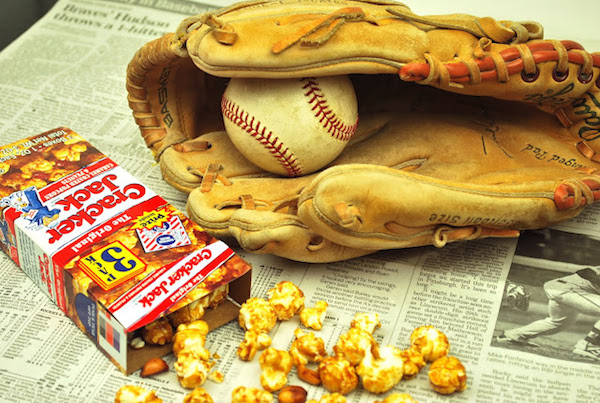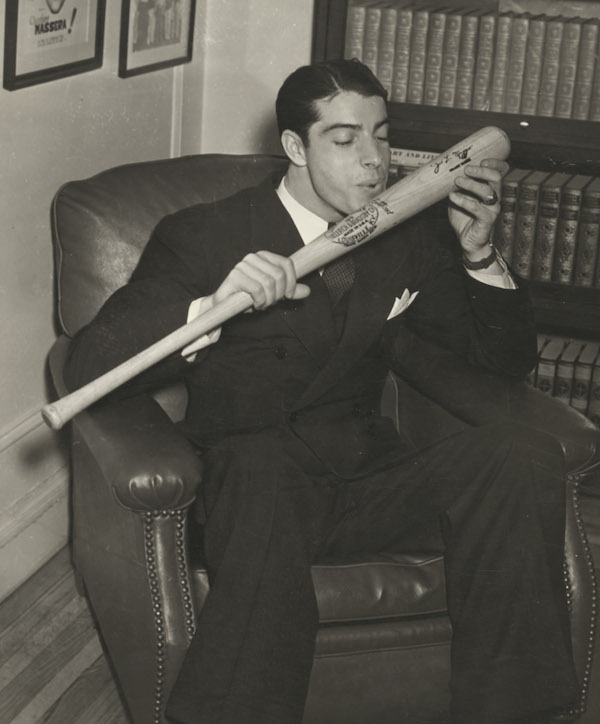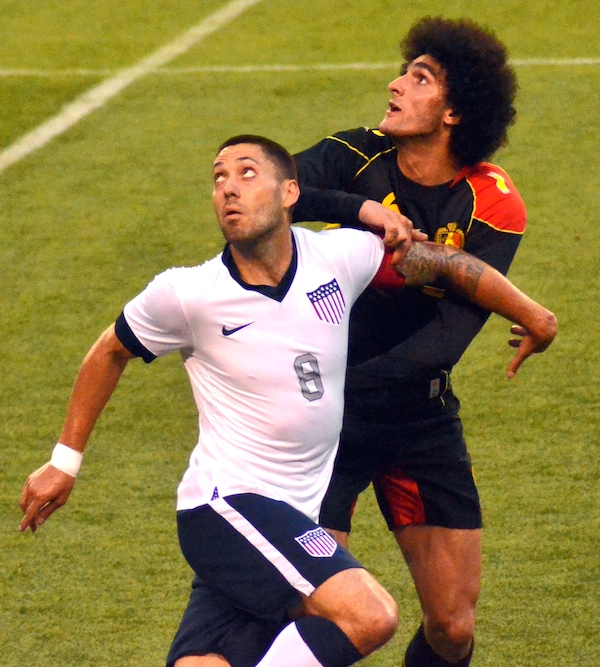Last night I attended a Pitch Talks event in Boston. Pitch Talks‘ website describes what it does by saying it “connects diehard baseball fans with sports insiders by hosting informed and entertaining discussions on all aspects of the game.” Last night’s event, at the Cask & Flagon bar right next to Fenway Park, the ancestral home of the Boston Red Sox, was a moderated panel discussion with lots of opportunity for members of the audience to ask questions. The second segment of the evening was a three-part conversation between host Pete Abraham and panelists Dan Shaughnessy and Nick Cafardo. Each of these men is an eminent sports writer covering baseball for the Boston Globe. During their question and answer session, I was called on to ask a question. I addressed the panel with a question true to the essence of Dear Sports Fan:
How do you explain your love of baseball to people who don’t share it?
The response I got, from all three of the writers was equal parts insightful and profoundly disappointing.
Let’s start with what was good and educational and heart-warming. All three of the panelists expressed their profound love for baseball and seemed completely earnest in doing so. They all think baseball is the best sport to cover and follow, and that’s quite nice to see in people whose profession demands they follow baseball to an extreme degree. As for why, each of the three writers spoke about the everyday nature of baseball. As opposed to football, where teams play once a week, and hockey or basketball where teams play every two to four days, baseball teams play almost every day, sometimes more than once. Shaughnessy was the first to answer and the first to introduce this feature as a main driver of baseball’s unique appeal. He identified that playing almost every day gives baseball players and teams more chances to create meaningful redemption narratives for fans to enjoy. Cafardo built off of Shaughnessy’s comments by pointing out other benefits of the everyday nature of baseball. He said that this makes baseball extremely compelling: “As opposed to football where the rest of the week [other than the once weekly game days] is boring,” in baseball there is a story every day. Abraham chimed in as well, noting that watching a team play almost every day helps fans get to know the players in a uniquely intimate way; much more than in other sports.
It was wonderful to hear people who have devoted their lives to a sport explain what it was about that sport that they found so compelling. What was disappointing was their attitude towards the hypothetical person who didn’t like baseball that I invented in my question. They were dismissive. Shaughnessy said he “doesn’t try to push it” with people who aren’t baseball fans and that if people don’t like baseball, “that’s your loss.” When it was Cafardo’s turn, he added that he doesn’t get people who don’t like baseball.” They made unwarranted assumptions about that imaginary person. Shaughnessy imagined that they were either an impatient young person who couldn’t take baseball’s slower pace or someone who didn’t appreciate baseball’s complexity. He and Cafardo both went out of their way to insult soccer and soccer fans, clearly assuming that this imaginary non-baseball fan must be a soccer fan.
What a depressing response. Sports fans in general and people who make a living from sports even more should be more welcoming to non-sports fans than that. I appreciate Shaughnessy’s choice not to proselytize, but I wish he had a better explanation of why he loves baseball ready and waiting for the many non-baseball fans he meets in his daily life. I love that Cafardo shared with the audience his sense that he was “born with” baseball, how he “loved watching the games as a kid” and how he still “hates it” when the season ends. It’s great to have passion about what you do but surely a professional baseball writer should want to expand the reach of the game to people who didn’t grow up with baseball in their lives. What about immigrants from countries where baseball is not a common sport? What about women who grew up during a time when girls were not expected or encouraged to take an interest in sports? Those people deserve to be treated with respect. They shouldn’t be dismissed, they shouldn’t be belittled, they shouldn’t be stereotyped, and they shouldn’t have their interests (for surely, some of them are actually soccer fans) insulted.
The next time someone asks one of these writers or any baseball fan out there why they like baseball, I hope they have a positive answer prepared. I hope they are open to understanding why the person across from them doesn’t like baseball. There’s simply no downside to open dialogue and there’s lots of upside. Here’s an answer to that question from my colleague Dean Russell Bell in 2013. He likes baseball because watching it in person is like being at an outdoor picnic, because of the emotional investment baseball fans make in their teams, and because of strategy, tradition, and beauty. That’s his answer. What is yours?







